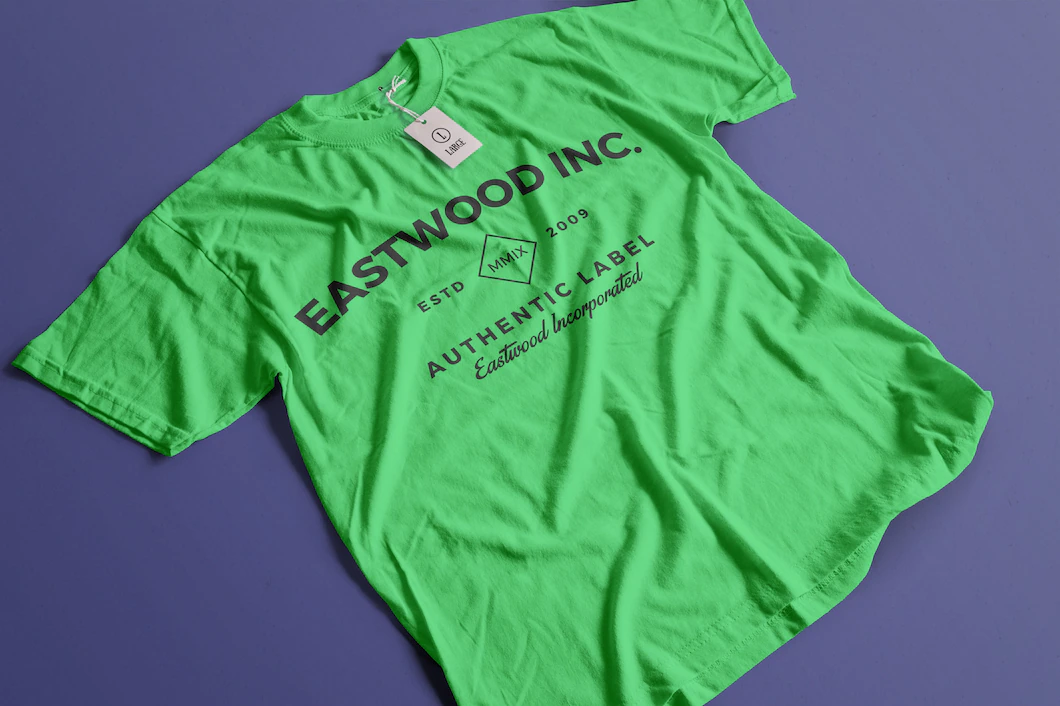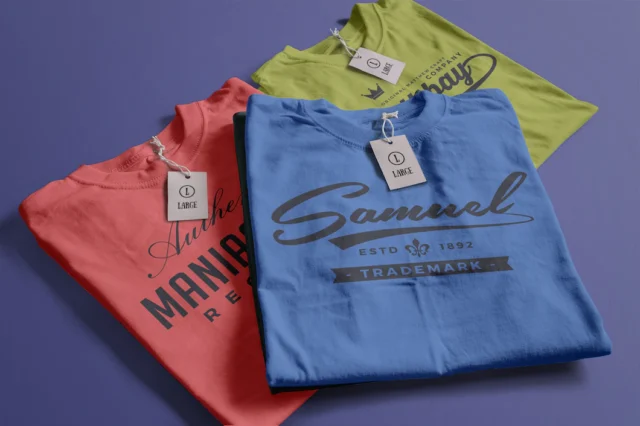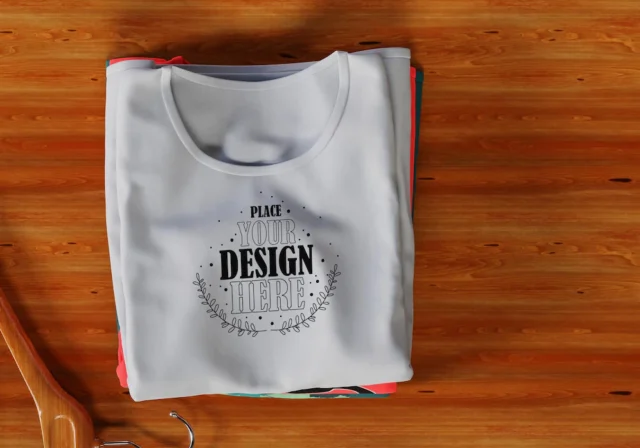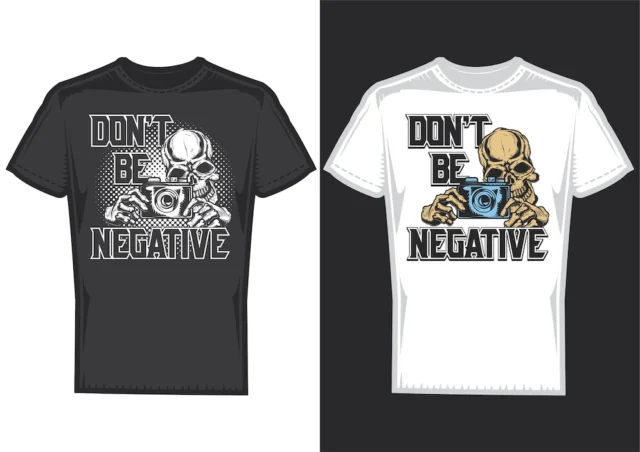
American Apparel was a household name in every American house back in the 90s and 00s. Founded in the 1980s, Dov Charney originally started as a wholesale clothing manufacturing business. It produced blank Tees, hoodies, tank tops, and more to screen printers, fashion brands, boutique labels, and uniform manufacturing companies.
As the company grew, people began noticing this thriving, young brand with its sassy and funky garments. The primary reason behind its popularity was its tagline, “Made In America.” The garments were manufactured entirely in the US. Everything was US-based, from gathering the raw material to producing the finished product.
WeWorkin still keeps the American Apparel pride by producing Made In US T-shirts, Hoodies, Tank tops, hats, and much more to carry the brand’s legacy. American Apparel first manufactured its products in South Carolina initially. Later, the brand moved to LA, still as a wholesale manufacturer. But the future held something so rewarding for the company.
American Apparel: The Pride Of America

The brand inscribed a place in the hearts of Americans with its all-American clothing manufacture and production. Starting only as a wholesaler business for print and fashion labels, it established itself as America’s top domestic garment manufacturing company.
It had one of the best marketing campaigns in the fashion industry.
Though initially criticized for hypersexual advertising, it was also exalted for the honesty of its brand. The brand drew the attention of teens and Millenials for its bold, cheeky, and full-of-sass everyday T-shirts and other garments.
What made it more beloved in the minds of Americans was the Made In US marketing strategy. The company’s contemporaries ventured into the world to complete various manufacturing processes. But American Apparel had a more excellent vision in mind.
Dov Charney, the former CEO of the company, wanted to establish it as a heritage brand.
Celebrating the aspiration, liberty, freedom, bravery, and happiness of every American, the CEO dreamed of selling the American dream in local and international markets.
How Much Did It Make?

The brand was the epitome of effective marketing, using the Made In US bottom line for branding and advertising. The company had over 250 outlets worldwide when it was at its zenith in the 2000s. Its annual revenue was estimated at around $630 million.
Being one of its kind, selling US-made clothes in America and exporting the products worldwide, it successfully generated a revenue of $125 million in 2007 by selling indigenous clothing out of the US.
The company was listed as no. 308 in Inc magazine’s list of fastest-growing US firms in 2005. In the same year, it witnessed a 440% growth in its sales, earning more than $211 million. It was at its pinnacle at this point.
Soon, it was also listed on the American Stock Exchange in 2006.
Marketing Strategy

Widely known for its provocative and disputable marketing campaigns, the company designed, created, and printed its advertisements for the campaign. The advertising was so unique that it conveyed a distinct message to every person.
One outstanding feature of their advertisements was that they recruited their models from the American streets or the photos uploaded by candidates on the company’s website.
Surprisingly, the selected models were not what we know today as supermodels or perfect models. They were ordinary people with scars, blemishes, asymmetrical characteristics, and imperfections. No faking of facial or bodily features. The images even included a personal descriptions by the models.
American Apparel was lauded for its sincerity and genuineness. Domestically manufactured garments became the trend again.
Sweatshop Free Production

Although people love to wear the best designer attire, few know about the dark side of the clothing industry. Thousands of laborers, including children, slog in the factories for long hours and earn too little for their efforts.
These poorly maintained factories are infamously known as sweatshops. The workers here have to stand for around 16 hours every day while working in damp and dusty conditions of the factories. They are not entitled to sick or maternity pay that an employer is bound to give its workers.
Even children under ten years old are forced to work here for the whole week without any leave and barely enough wages to fill their growling stomachs.
American Apparel noticed this and was the first to coin the term “sweatshop-free.” This term was used in their marketing campaign for the first time in 2002. It highlighted that the company did not manufacture its products in these moldy sweatshops and that its workers were treated ethically and politely.
Since its establishment in 1989, the brand has lived up to its name, paying fair wages to its workers and treating them humanely. It considered each worker a respectable individual representing the company who deserves equal rights and better working conditions, irrespective of their work.
According to research, consumers are more willing to buy sweatshop-free clothing, even if they cost more than their contemporaries, rather than buying those garments that are produced under such miserable conditions.
What’s Next?

The company was taken over by a well-known Canadian clothing company, Gildan Activewear, in 2017 after American Apparel fell prey to two bankruptcies, compelling it to stop production and fire its employees.
American Apparel faced its second bankruptcy in November 2016. After a couple of months, it started closing its factories and laying off around 2500 workers. It had to shut down all its stores and cease all business operations. The same month, during a bankruptcy auction, Gildan Activewear purchased the brand’s assets and properties for $88 million.
Now what’s left of the once homely clothing brand is just an online retail store that sells ethically produced, sweatshop-free garments, or that’s what the website says. It has no physical existence, and there is no information about where and how these clothes are produced.
Though it portrays itself as made in US online retailing business, many doubt the production of these garments happens somewhere outside the US. Shoppers of the original brand consider them as just a cheap, overseas-produced copy of authentic American Apparel Wear.
The Bottom Line
Even though American Apparel may not have a brick-and-mortar existence today, the image it created in the minds of young shoppers and the quality of their ethically made clothing are still lauded all over the US.









